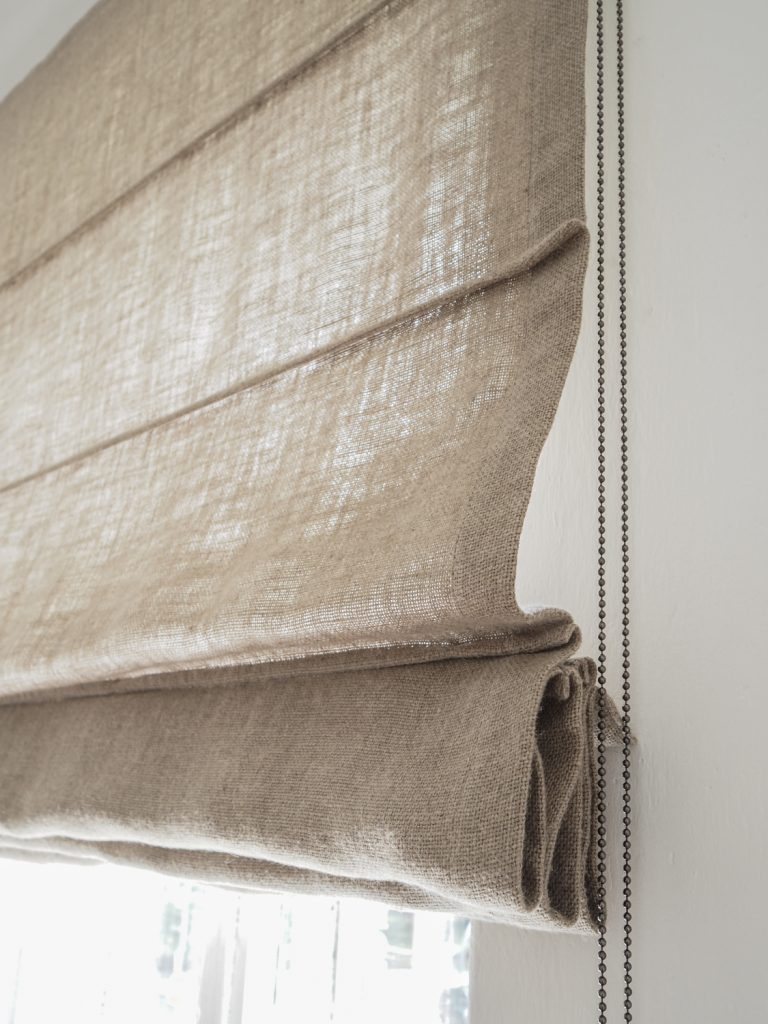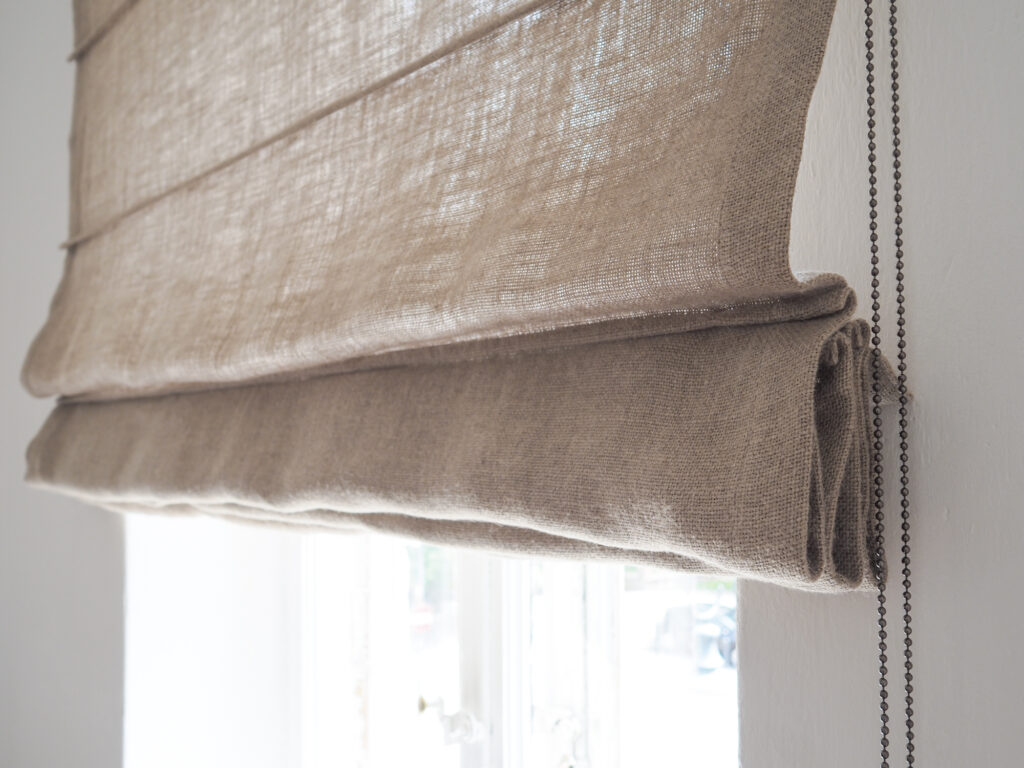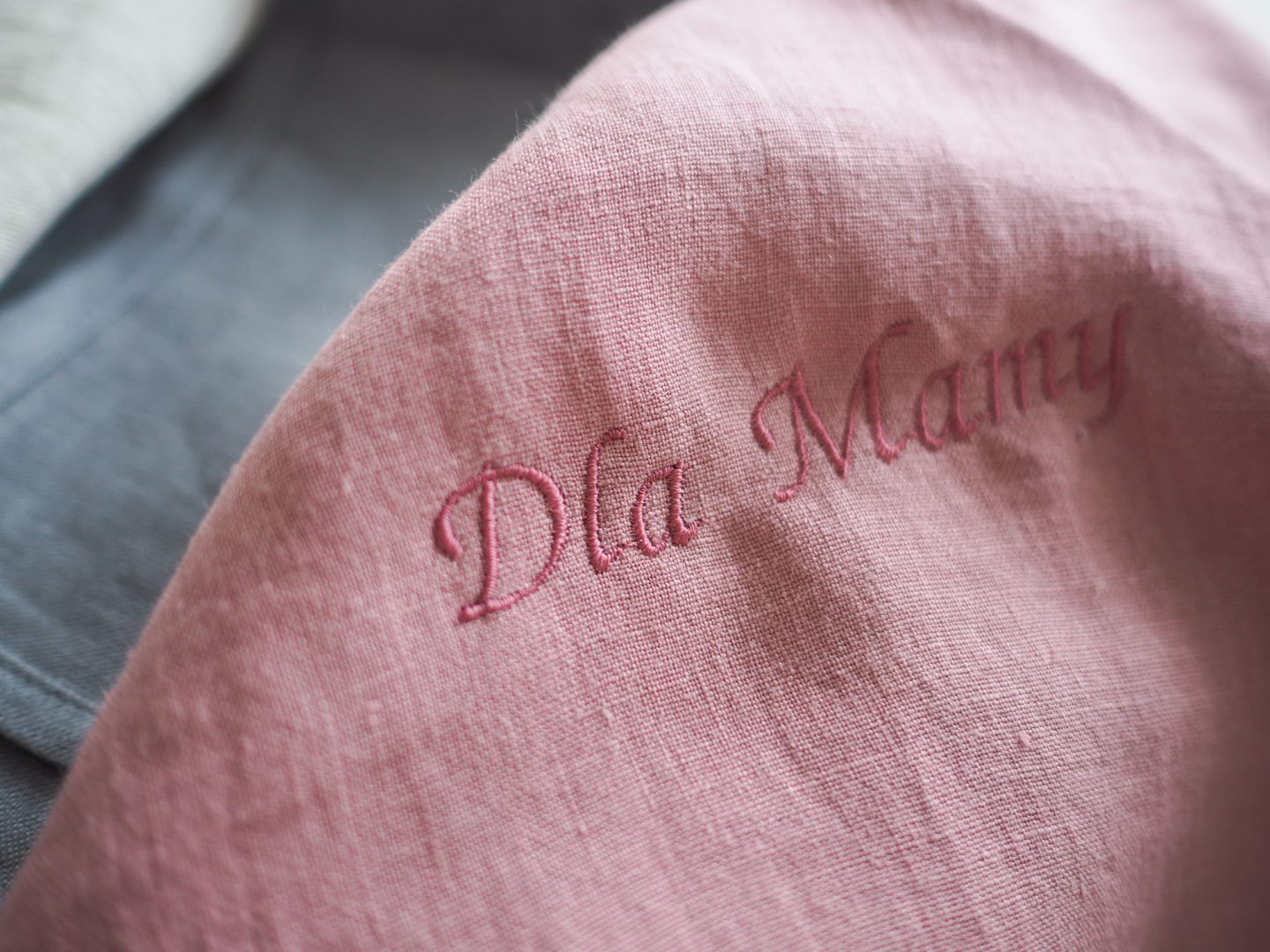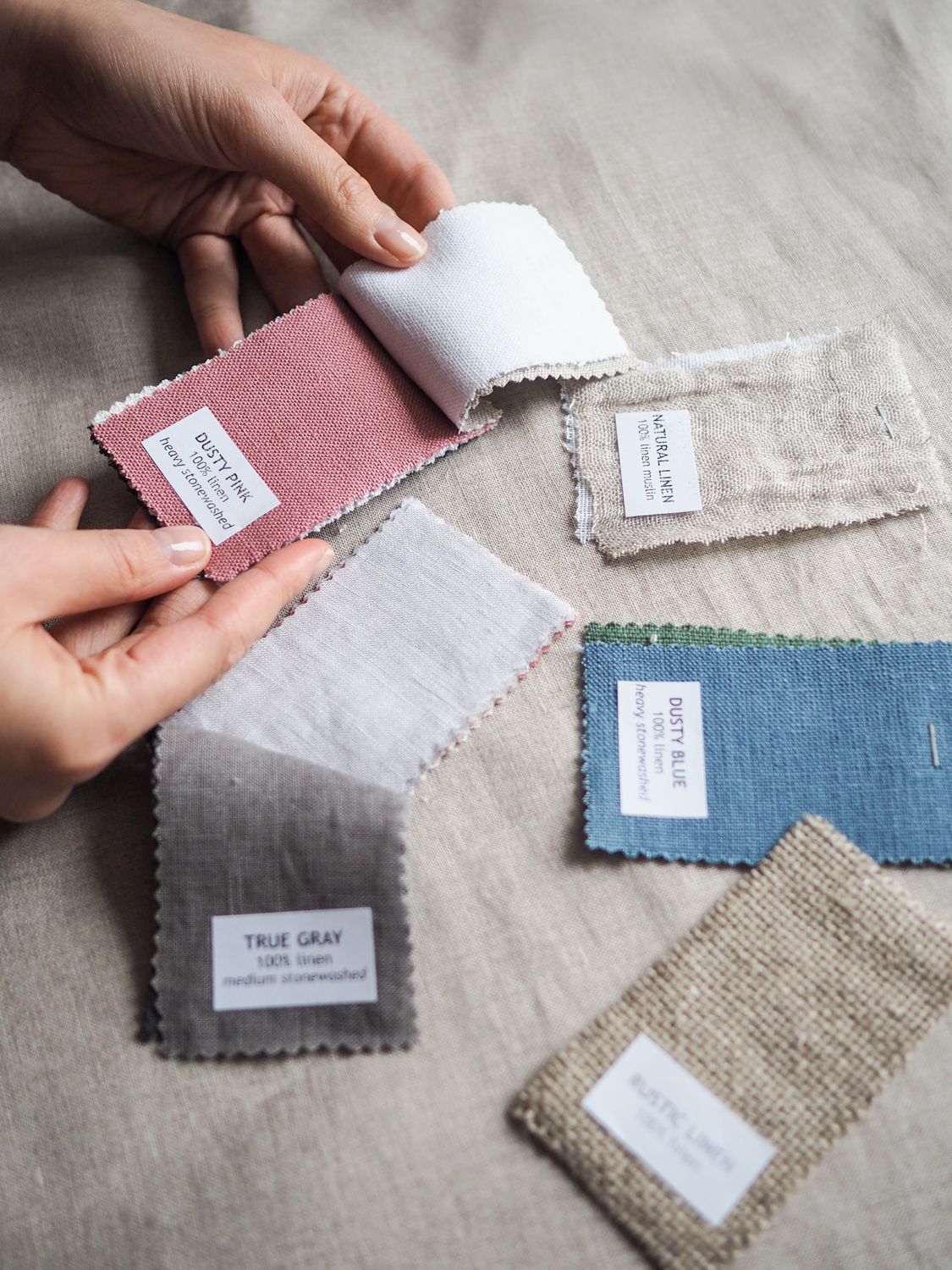-
×
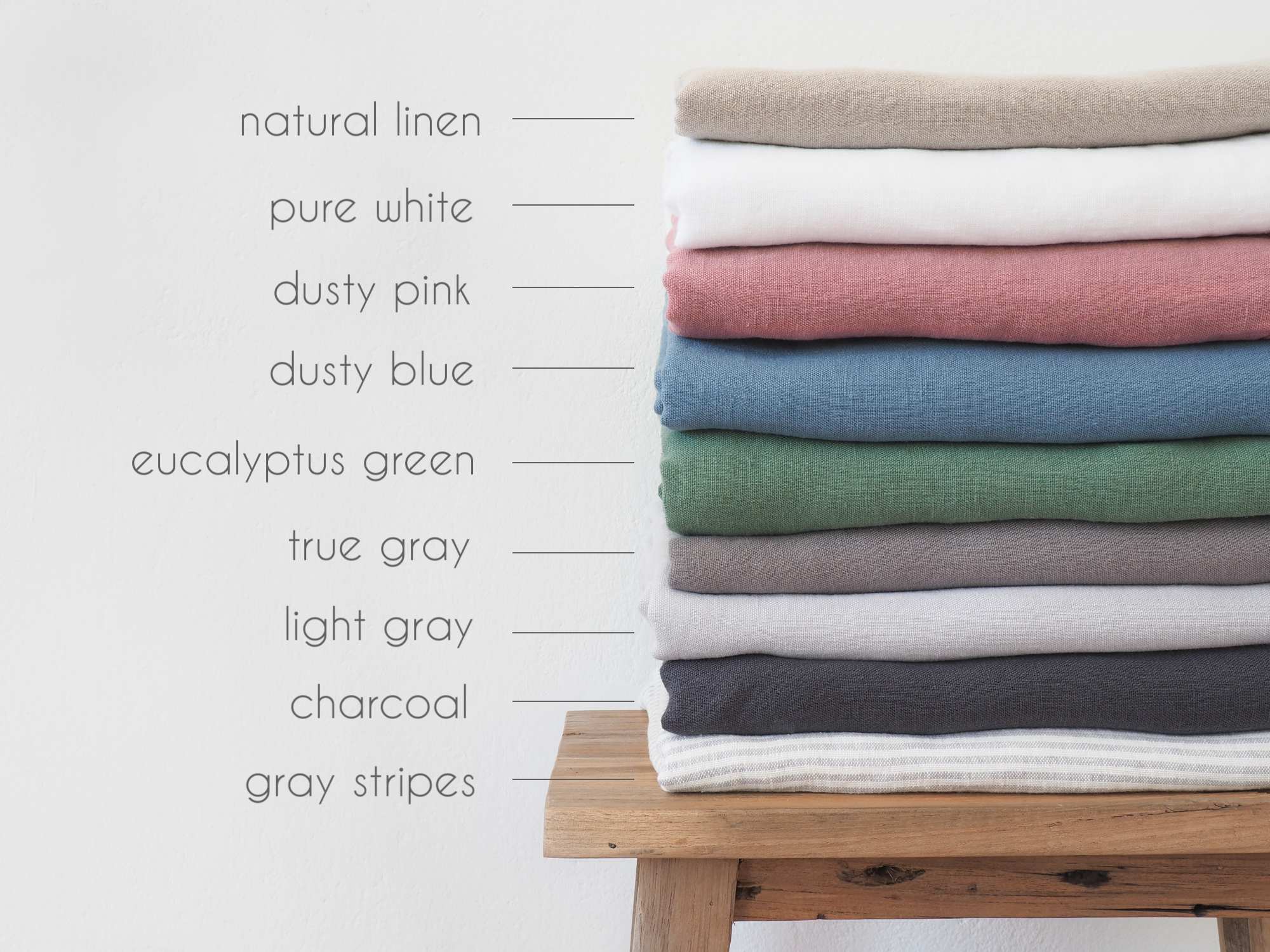 fabric samples
1 × €5.00
fabric samples
1 × €5.00
Uncategorized
History of linen cultivation in Poland
Some time ago, there was a post on our blog about the history of linen. We mentioned then how long this natural plant has been valued, which appeared, among others, in the chambers of the rulers of ancient Egypt. We decided to continue the timeline journey – this time focusing solely on history of linen cultivation in Poland. It turns out that many years of hard and revolutionary work had to pass before linen curtains or linen tablecloths appeared in our homes.
AND IT STARTED WITH. . .
. . . austrian flax, which was originally grown in Poland and almost all of Central Europe. Interestingly, it is now rare – appearing mainly in sunny and warm areas. Due to its more primitive variety, it was quite quickly supplanted by the common flax, which enjoyed great popularity in medicine. The ideal form of dressing also gained recognition quite quickly in the textile industry, which developed at a very rapid pace.
Nowadays Austrian flax is grown mainly in Portugal and Spain and is treated as a kind of relic.
FLAX IN POLAND
The history of flax. The most recent historical works and archaeological discoveries indicate that flax appeared on the lands of Central Europe, including Poland, as early as 5600 years B. C. Even then, the plant attracted considerable interest, shaping its first ways of cultivation and use. These same findings indicate that as early as the Neolithic period, flax was stored in cavities and cellars, combining with other popular plant species. It was particularly popular in the Miechów and Kraków areas, where the Małopolska culture circle was formed.
History of flax in Poland, the cultivation of cereals in the fields developed in Poland – first they were called two-fields and with time three-fields. At that time it was also customary to divide fields into “gardens”, which were used for growing plants – mainly pulses or oilseeds. Such separate areas were located near residential houses, which were built en masse in Polish villages. To facilitate the cultivation of vegetables and cereals, fields were divided into so-called homesteads. Peas and broad beans were first grown in 8 or 12 rows, and later flax and hemp, which were valued for their stem fibers. It was at this time that the textile industry flourished and the popularity of linen skyrocketed and inspired all the subsequent developments.
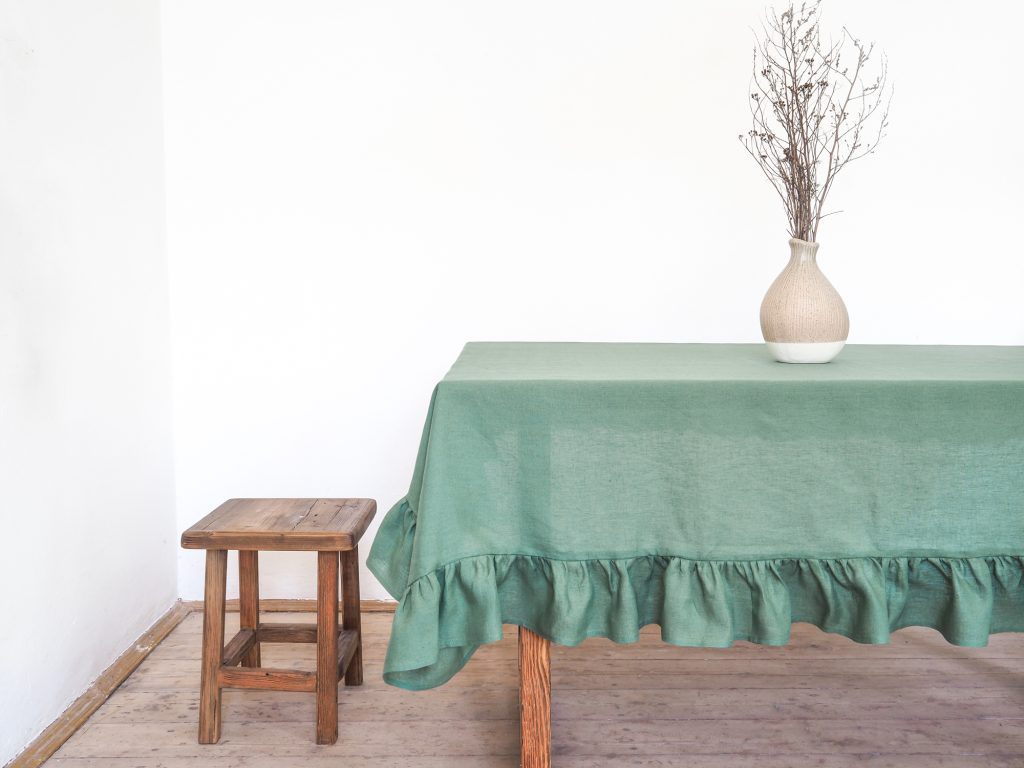
LINEN WEAVING IN POLAND
The increased awareness of the properties of the flax plant echoed especially in the Sudeten foothills, where flax fibres were the main way to earn a living. It was in these areas that a significant portion of the population engaged in weaving.
History of Linen – In the 18th century, economic conditions changed and peasants found it increasingly difficult to purchase and produce clothing. The reason was mainly the reduced breeding of sheep, which until then had been the main source of valuable material, i. e. wool. It was then that the flax-filled fields came to the rescue, which grew to huge areas, meeting the demands of the local population. It was then that the cultivation of fiber plants developed excellently, and the most industrious farmers (mainly from Podlasie and Malopolska) began to sell fabrics on local markets, enjoying increasing incomes. At that time, in the area of Żary, there were over 1000 flax weavers – masters and journeymen, who became the main propagators of this valuable plant. Every year, after October 13, the work of spinning fiber began, and the masters in their craft worked in houses, spread throughout the village. This holiday was extremely important for all the inhabitants – apart from work, there were also songs and feasts, worthy of folk culture. To this day, Żary is called the capital of Polish flax.
CONTEMPORARY LINEN IN POLAND
That could be the end of the story, but we must not forget that despite the years, flax is still an important source of fiber. In the 1970s alone, the cultivated area of this plant was estimated at over 130,000 hectares. Despite increased production costs and (unfortunately) the growing popularity of cheaper and artificial substitutes – flax is still considered one of the most valuable and valuable plants.
